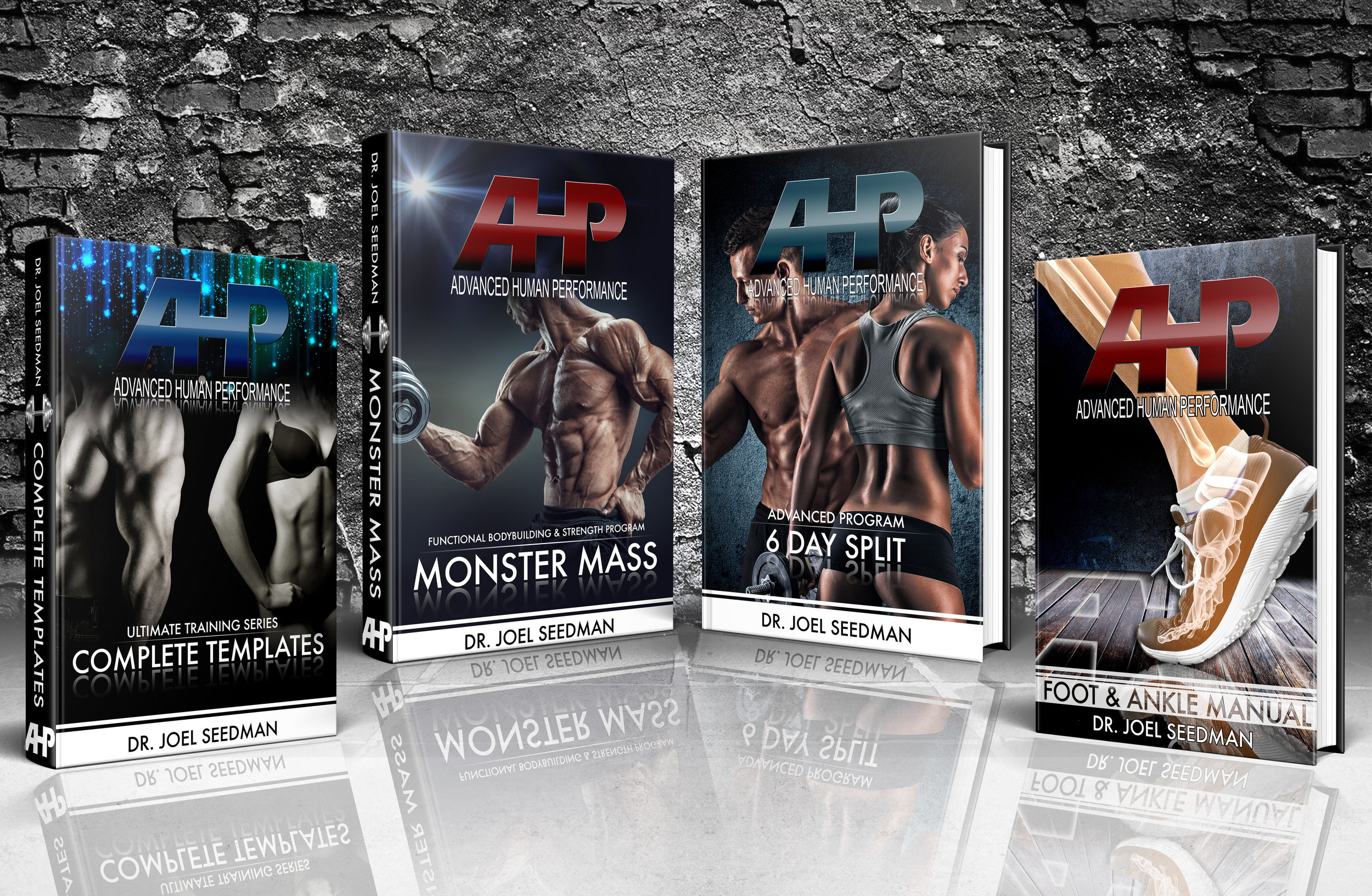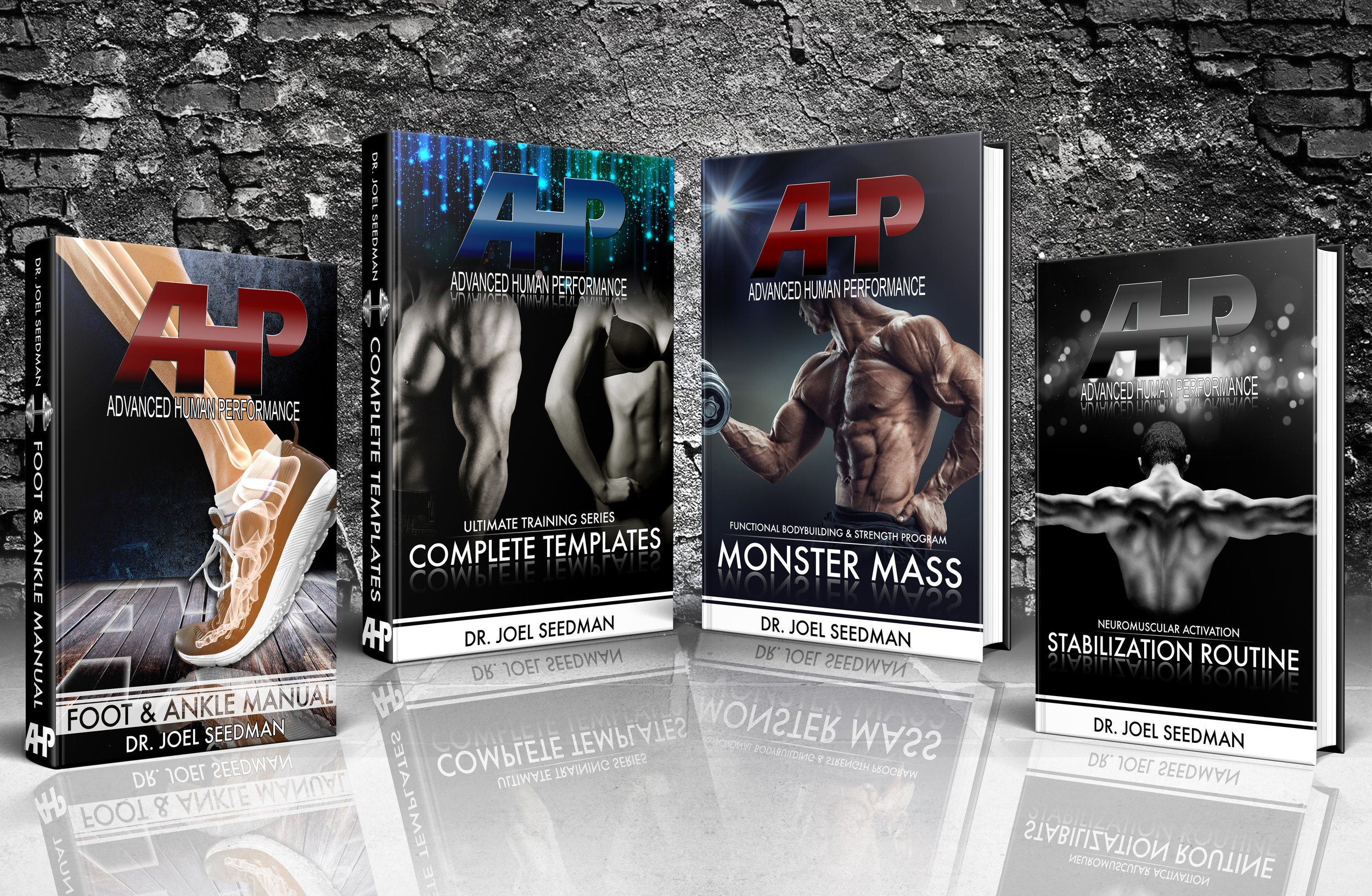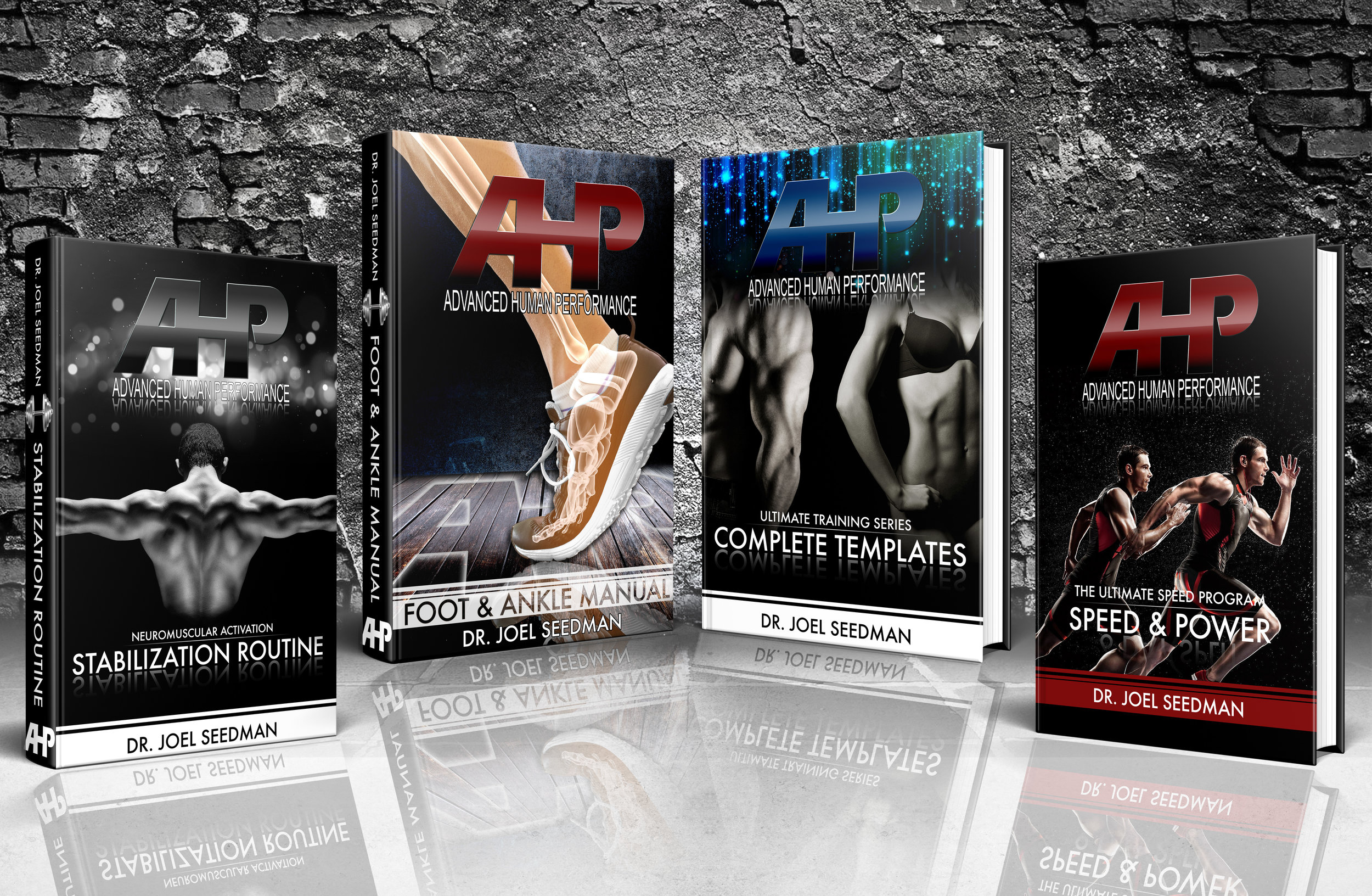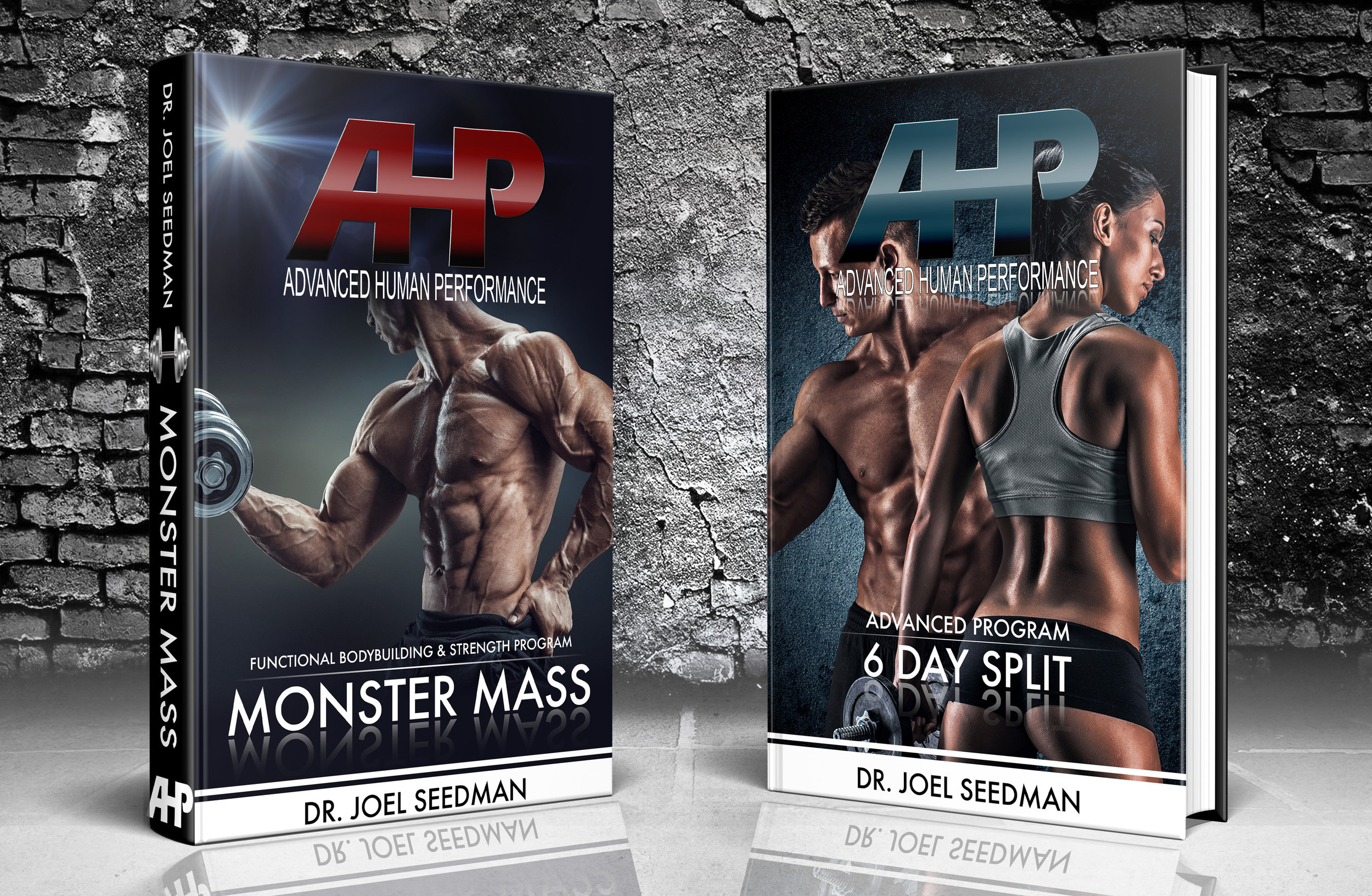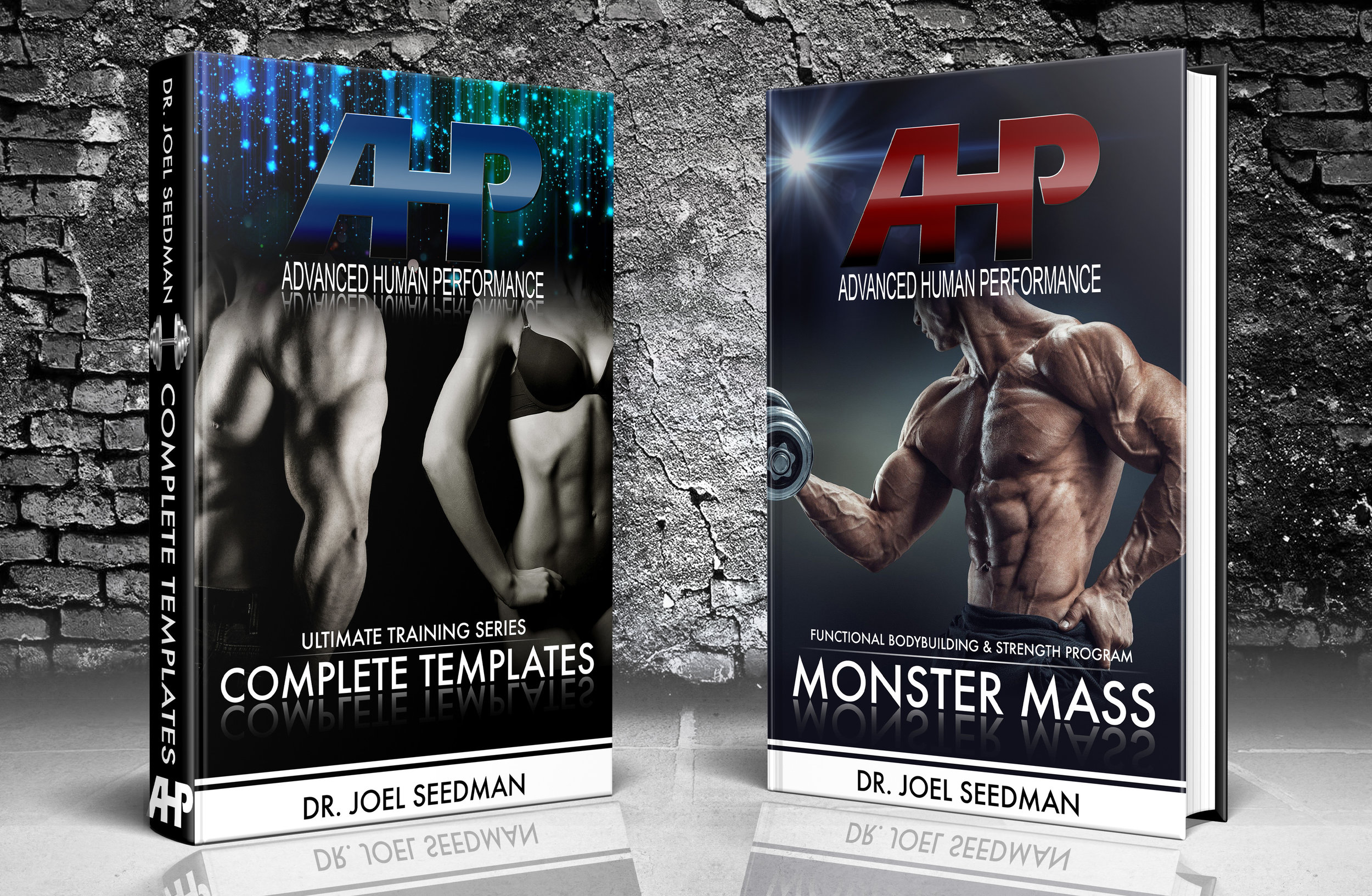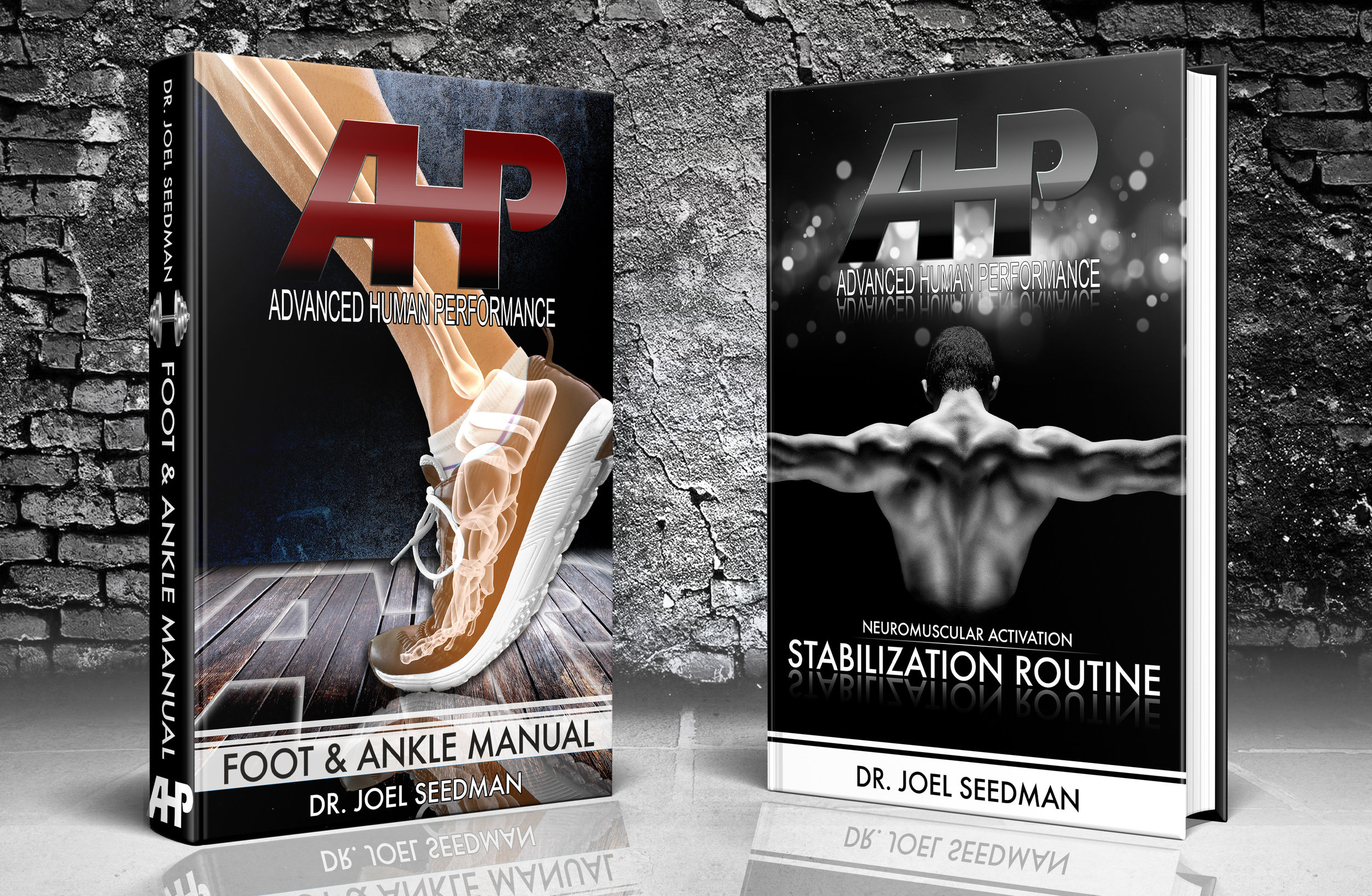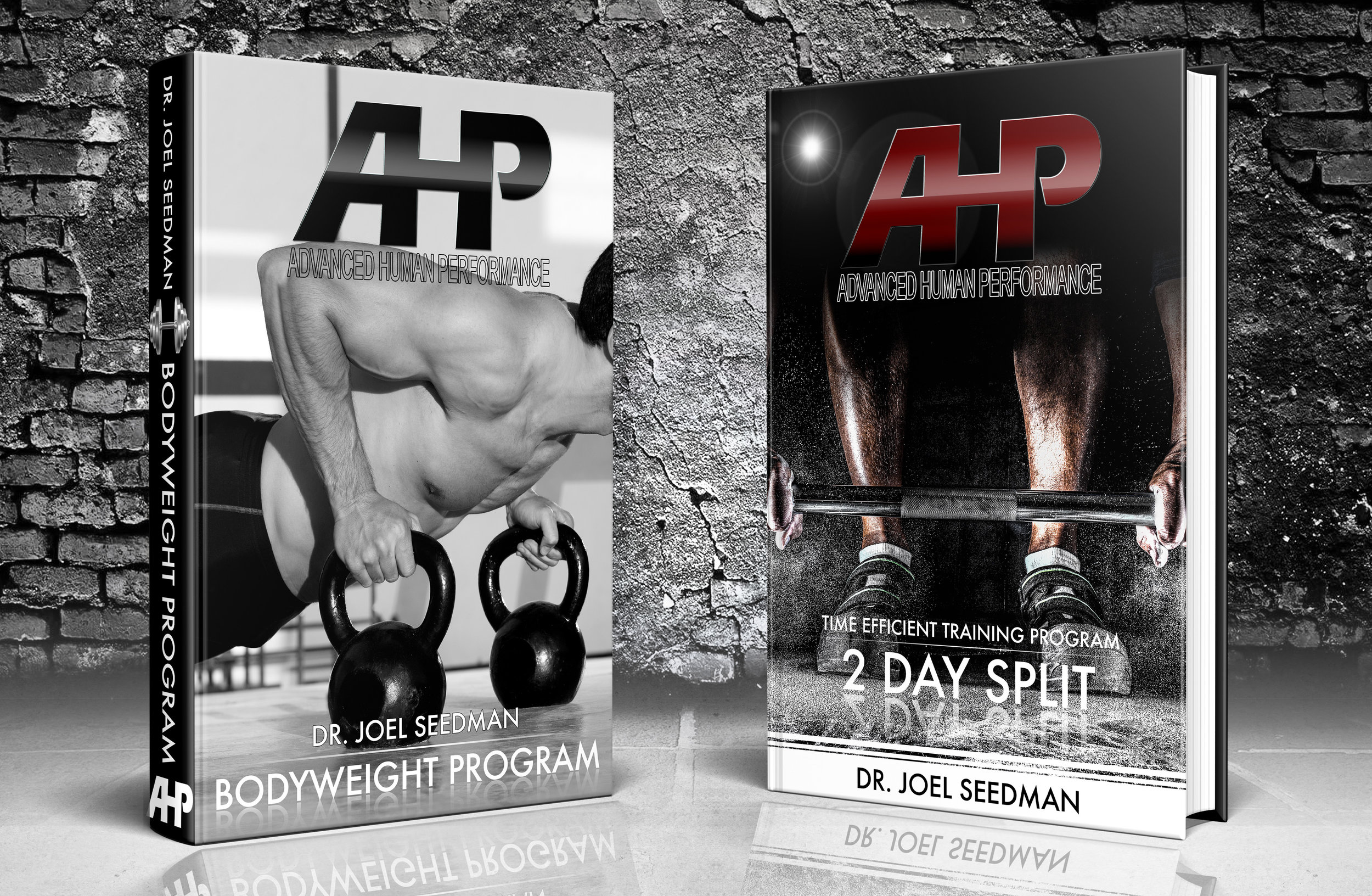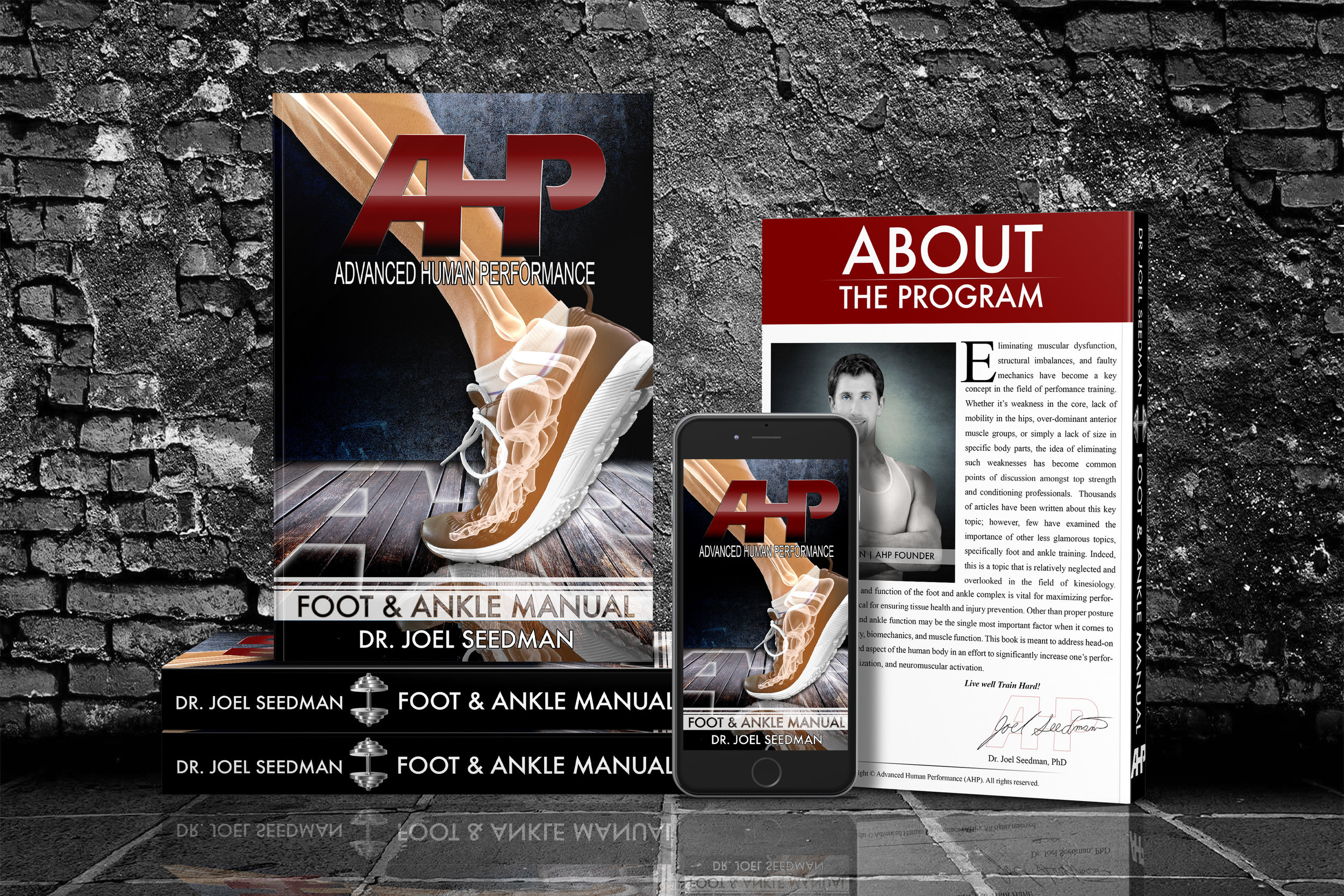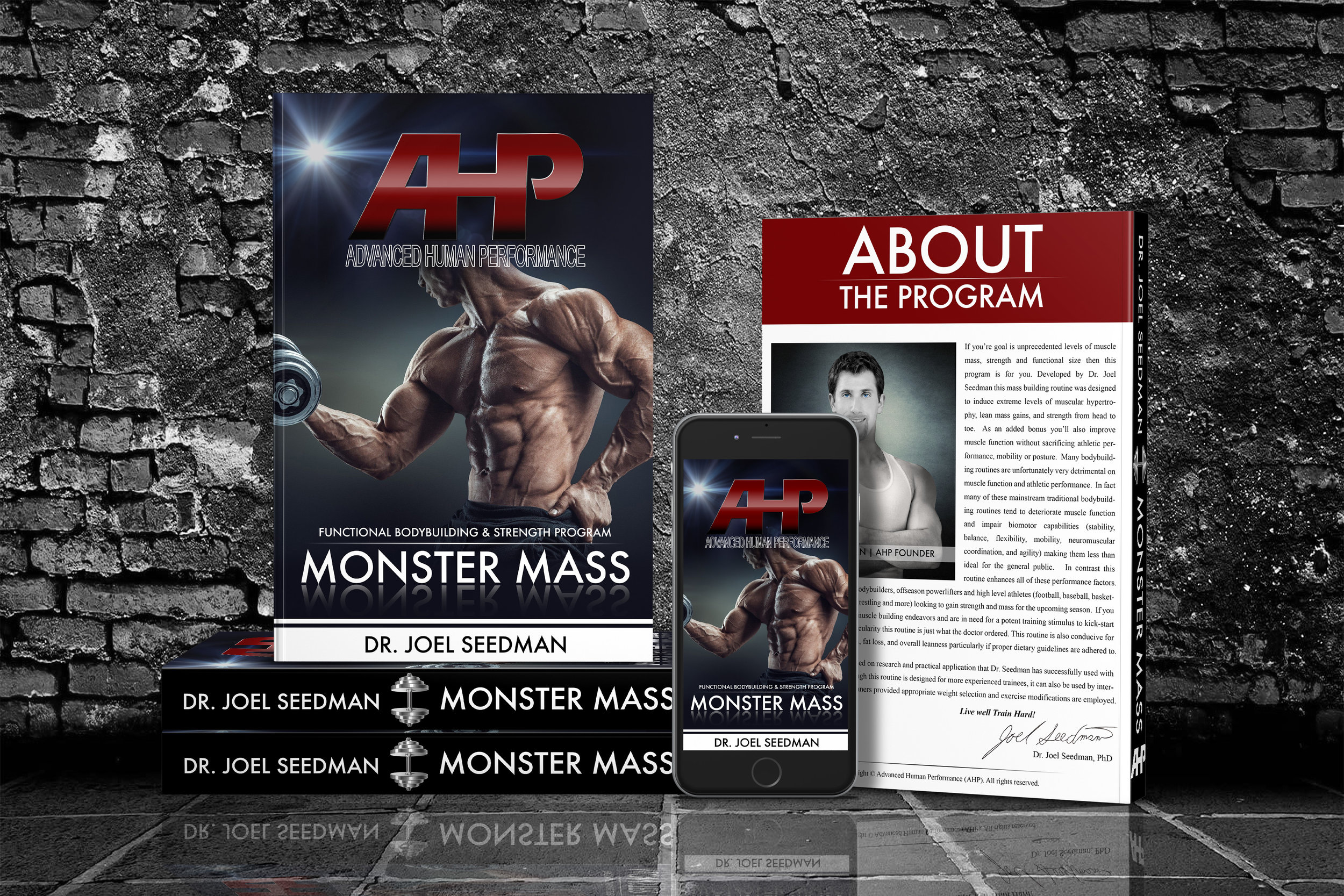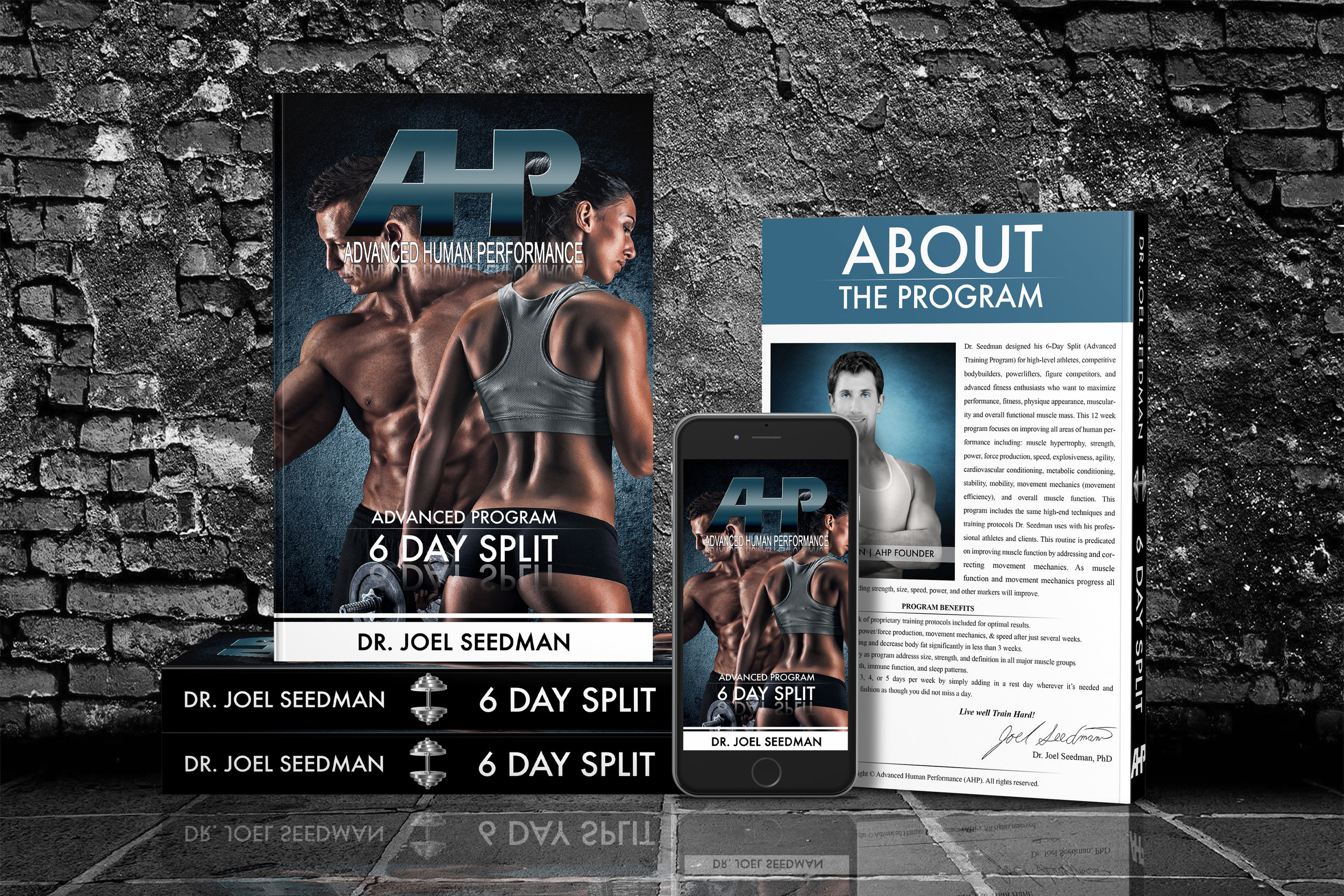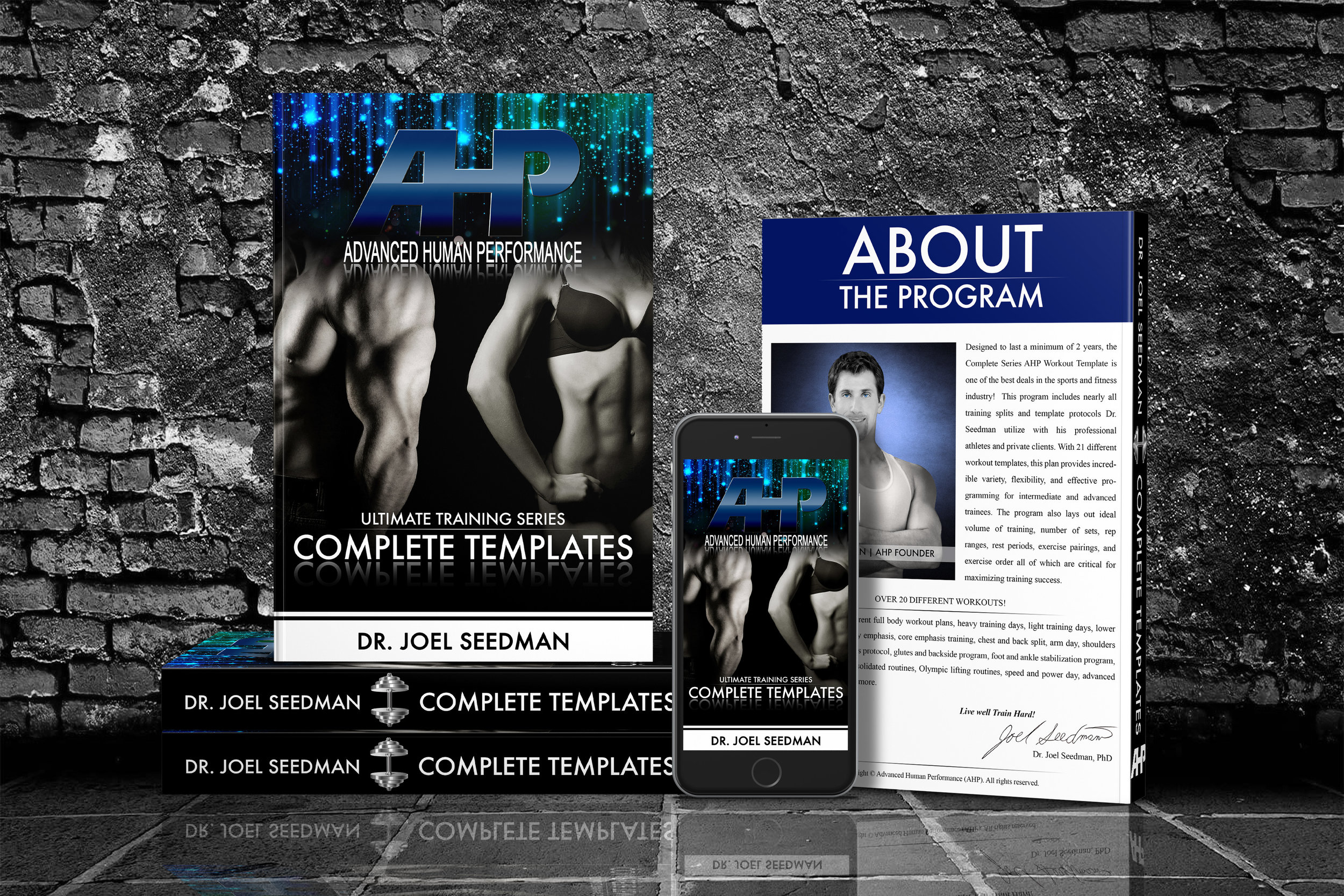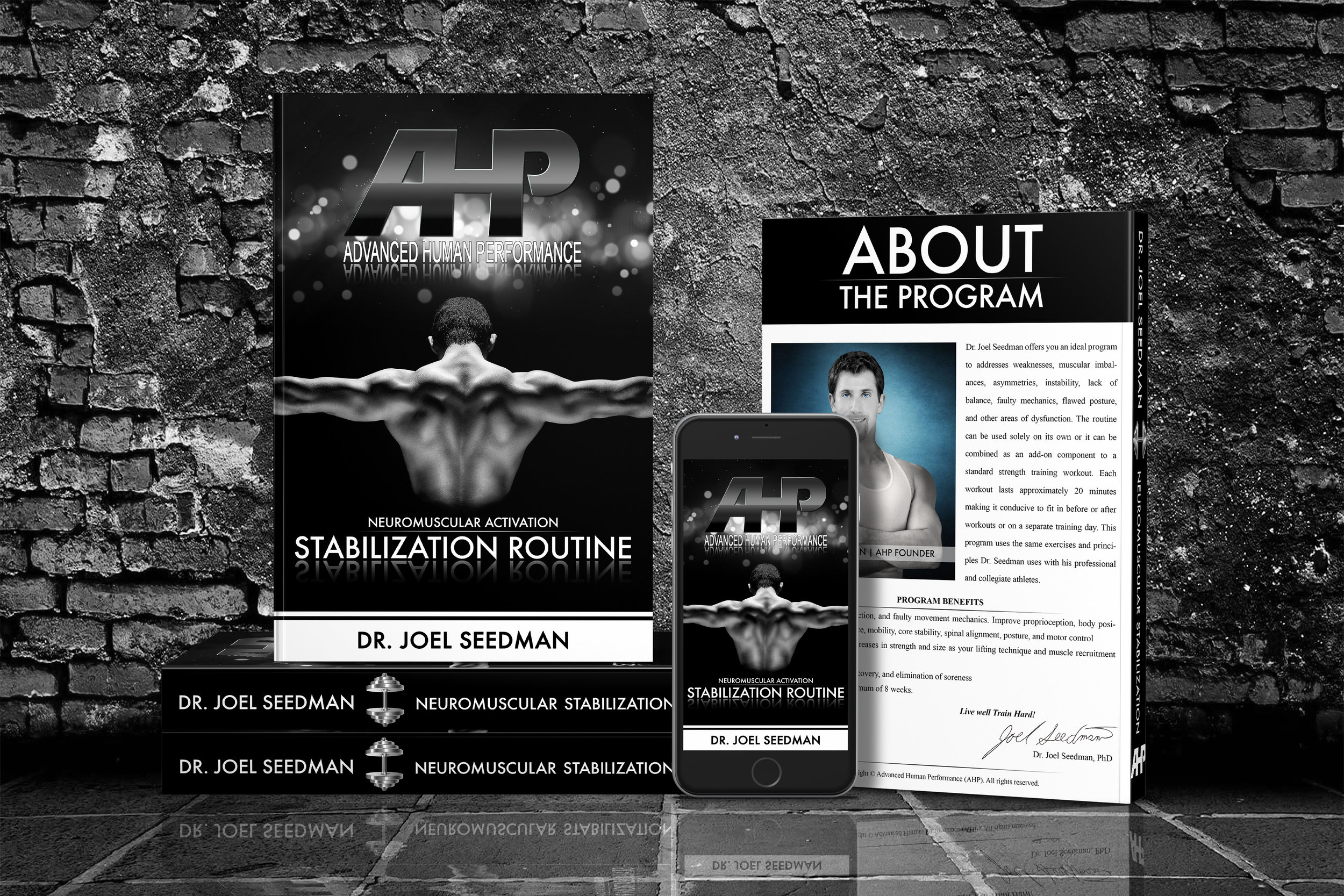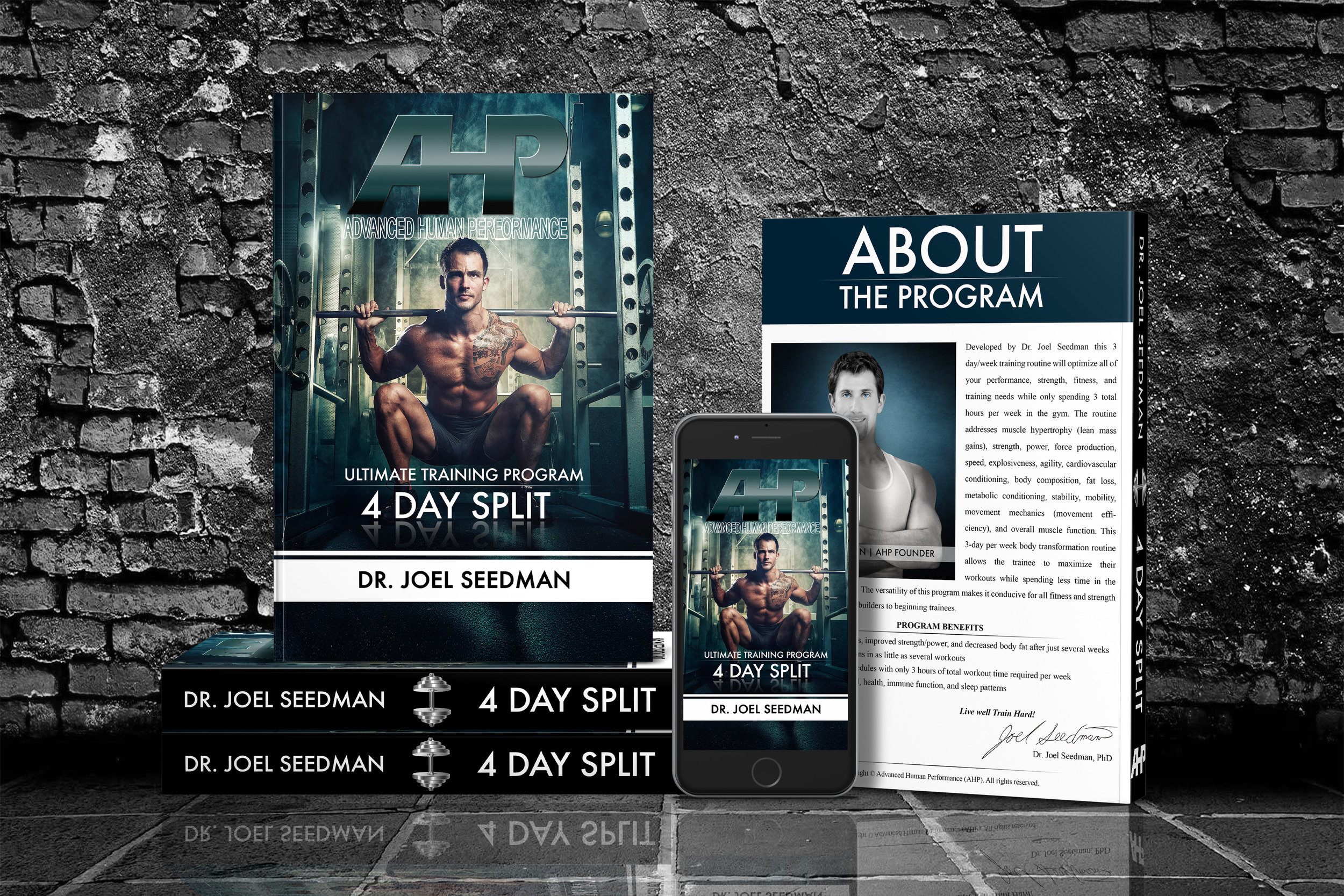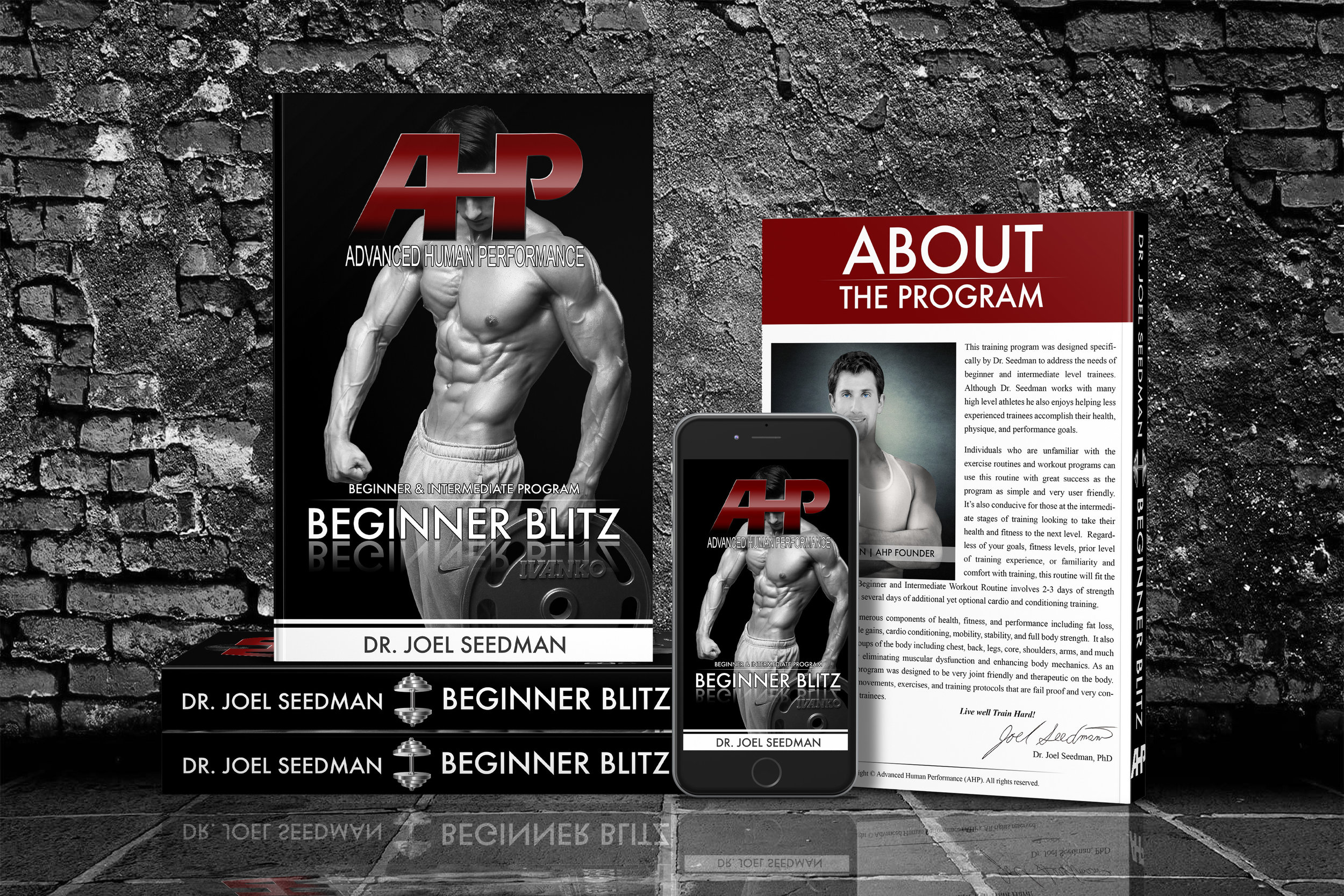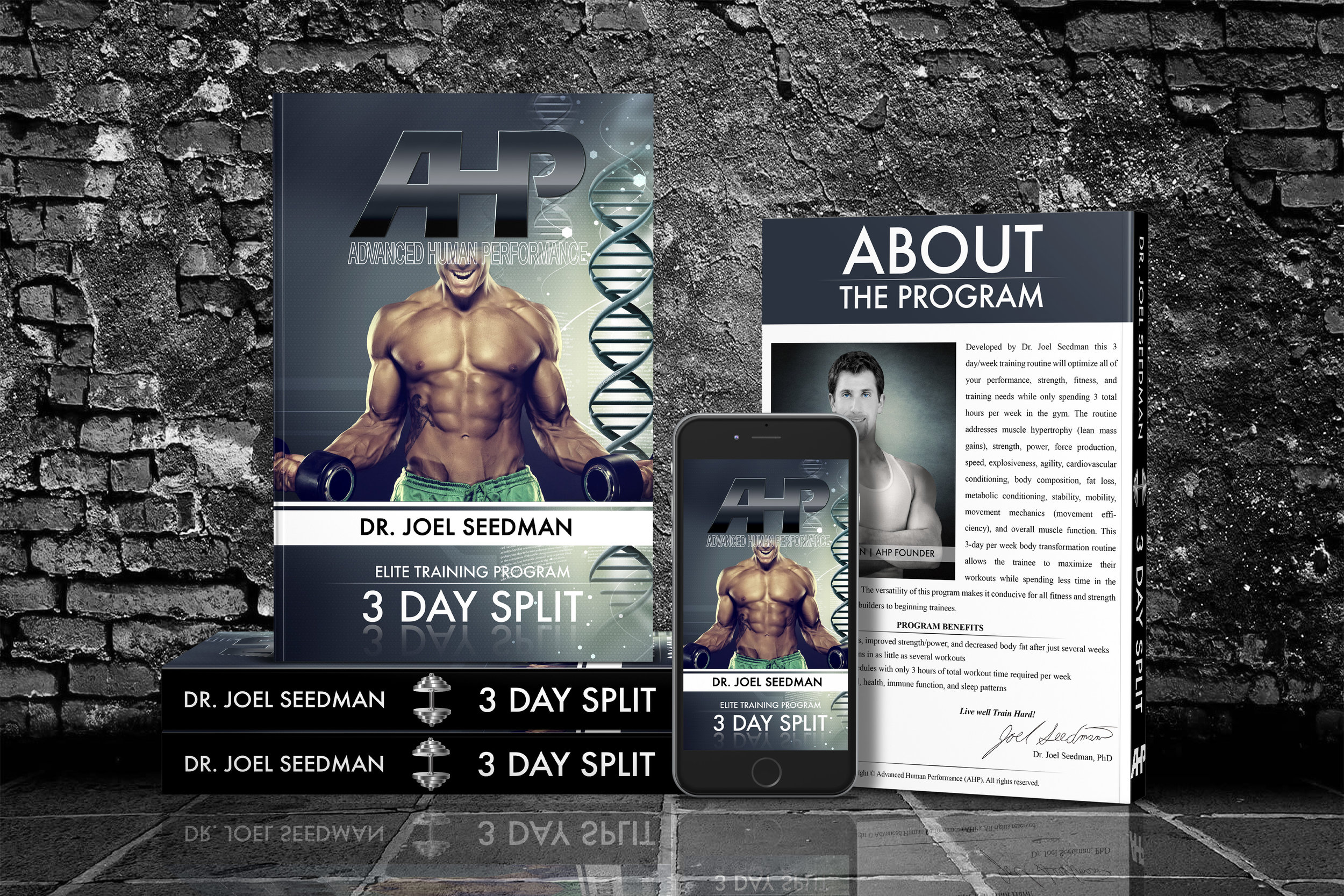Build a Massive Back and Lats with Sling Shot Rows
Dr. Joel Seedman, Ph.D.
Several decades ago Arthur Jones created what many consider to be some of the most effective variable resistance machines ever produced in the strength and conditioning industry via his original Nautilus line. Several of these unique pieces involved row and lat pulldown machines where the lifter rowed/pulled the weight from foam elbow pads rather than using their hands to grip the device. This concept also inspired Jones to create the famous pullover machine used by legendary bodybuilders including Mike Mentzer and Dorian Yates (See Exhibit 1).
Exhibit 1 - Mike Mentzer Performing a Hybrid Nautilus Lat Pulldown with Direct Stimulation
So what does each of these unique training tools have in common? Direct stimulation to the upper back and lats. Simply, instead of using the smaller muscles of the grip, forearms, and biceps (which have the tendency to fatigue quickly) to indirectly target the lats, the lifter can target these larger muscles head on by minimizing the role of the smaller muscles and directly targeting the upper back.
Fortunately, this same concept can be applied to a number of rows, pullovers, and lat pulldowns by attaching a thick therapy band or Sling Shot (designed by Mark Bell) near the elbow joint at the very bottom of the triceps. However, it tends to work best with seated cable rows, bent over barbell rows, and other free weight rows as I demonstrate in the video along with two of my awesome clients Ben Lai and Leslie Petch.
There are 7 unique attributes of these sling shot rows that are difficult to replicate with any other training tool.
1. As previously mentioned sling shot rows provide direct stimulation to the upper back and lats. Rather than targeting your upper back indirectly by working your grip, forearms, and biceps, the back receives more direct stimulation. This also helps create an incredible muscle-mind connection to the upper back and lats that many lifters oftentimes find so difficult to achieve. If you’ve ever had trouble feeling your upper back and lats contract during rows, this will provide an immediate solution.
2. The slingshot row requires the lifter to fully retract their shoulders and scapula to resist the strong protraction forces the band is attempting to produce on the shoulders. In other words, the band resistance seemingly wants to round the upper back by pulling the shoulders and t-spine over into extreme flexion. Not only does it requires intense upper back and lat activation to avoid this (thereby forcing the lifter to aggressively retract throughout), it does wonders for enhancing posture and spinal alignment provided the lifter is able to resist these forces and perform the rows with proper form. On that note, I recommend starting off with lighter tension in order to avoid any shoulder and upper back rounding.
3. As previously mentioned the sling shot row minimizes tension to the grip, forearms, and biceps. While some individuals may consider this a negative, it provides two benefits. First it ensures the smaller muscles (i.e. forearms and biceps) don’t fail before the larger muscles of the upper back. Secondly, it also helps minimize bicep tendinitis issues that many lifters struggle with, often as a result of heavy upper body pulling movements. In other words if you have bicep and forearm tendinitis issues the slingshot row is perfect for crushing your upper back while minimizing tension to the bicep tendon and forearms.
4. Similar to the above point, slingshot rows also save the low back and spine particularly on bent over barbell rows. In fact, many lifters struggle with a variety of free weight rows as their low backs and spine tends to get worked more intensely than their upper back (i.e. low back pain or low back muscles giving out before the upper back). While this is oftentimes an indication that form, mechanics, alignment, and posture are amiss, some lifters are more prone to low back issues than others. Performing exercise such as bent over rows, seated cable rows, and rows on the glute ham raise while minimizing stress to the low back is a tricky thing to accomplish particularly when intense loads are used. Fortunately slingshot rows provide the perfect solution allowing lifters to perform compound movements such as bent over rows without the stress and fatigue to the low back.
5. Over-rowing is one of the most common mistakes I see lifters make when performing horizontal pulling exercises. In other words they use an excessive range of motion by allowing the elbows and humerus to move significantly past the plane of the torso. Proper rowing mechanics involve approximately 90-degree joint angles and a range of motion where the humerus and triceps don’t move significantly past the body. The direct band activation provided by the slingshot row helps reinforce this optimal positioning as it’s nearly impossible to over-row due to the exponentially greater tension the bands provide in the 90-degree fully-contracted position.
6. Elbow position particularly elbow tuck is another critical component of proper rowing technique. Sling shot rows help reinforce this elbow tuck by making it awkward and nearly impossible to excessively flare the elbows as the band tension helps keep the elbows more locked into their appropriate position.
7. Besides the brutally intense direct stimulation to the entire upper back and lats, the slingshot rowing technique provides the perfect drop set scenario. Simply perform as many rows as possible with the band attached to your arms, then once failure is reached, remove the band and continue performing rows without the band resistance. Don’t be surprised if you experience and upper back and lat burn like you’ve never experienced in your life. However the level of functional strength and hypertrophy induced by such a protocol makes the pain well worth it.
Additional Variations: Rotational Rope Rows
Here’s one of my awesome bodybuilders Ben Lai demonstrating a unique version of the slingshot method with the bent over rotational rope row. He's also implementing a biomechanical drop set during the last half of the set to stimulate additional metabolic stress and muscular hypertrophy. The bent over rotational rope row is very conducive for combining with the slingshot row method for two reasons.
First, although the bent over cable row effectively targets the lats and upper back, many lifters will find that they’re limited in how much weight they can handle as too much loading will simply pull them forward and cause them to lose balance. In other words their bodyweight and leverage become more of a limiting factor than their upper back strength.
Secondly even if leverage is not an issue, many stronger individuals will typically find they can handle significantly heavier loads than what a standard cable system can provide. For instance during this variation Ben has the cable stack set at the heaviest setting of 200 pounds. However he can easily blast out well over 20 reps on this movement as the cable simply does not provide enough tension to match his strength. In other words he’ll have a difficult time overloading the upper back which is unfortunate as this particular bent over rotational cable row can really tax the lats provided adequate tension is available. However, this issue is quickly resolved as the slingshot provides more than enough added tension to scorch the upper back and lats without having to use heavier loading.
On a side note the rotational component of this row is also excellent for producing optimal scapulohumeral rhythm of the shoulder as the pronated grip in the stretched position provides a greater stretch and elongation of the lats, while the semi-supinated grip in the concentric position provides a greater contraction and squeeze throughout the entire upper back and lats. This also does wonders for helping to pack and centrate the shoulder joint into its most biomechanically sound position. For athletes looking for a simple but effective exercise to crush their entire upper back and posterior chain or anyone looking for a rowing exercise that helps stabilize the shoulder joint while also improving mobility, this one’s tough to beat.
Manual Tension & Eccentric Overload Variations
Here’s another way to provide a similar stimulus although it requires a partner. In fact this may produce greater levels of functional strength & hypertrophy in your upper back and lats while simultaneously improving posture. It involves applying direct tension & eccentric overload as I show here alongside NFL running back and GSP sponsored athlete Marquell Beckwith on the incline dumbbell row.
Essentially I’m overloading the eccentric phase by pressing against his arms directly above the elbow. This represents a form of direct tension as the additional eccentric load is placed directly onto the upper back & lats rather than indirectly through the arms. As previously discussed, some of the old Nautilus variable resistance machines from the 70’s (still considered by many to be the gold standard of strength equipment) had several pieces with elbow pads for the lifter to perform rows and lat pulldowns as a means of directly targeting the upper back & lats.
As a recap, most rows and lat pulldowns involve indirect tension as we use the grip, biceps, & arms to get to the upper back and lats. Oftentimes the muscles of the grip and arms tend to give out before the larger muscles of the upper back on rows & pulldowns. With the direct tension method, we bypass the arms and grip to directly target the upper back. In other words when the lifter fails it’s not because the smaller muscles of the arms and grip fatigued but simply because the upper back got pummeled. This method can also be applied to lat pulldowns as well as other rows provided you have a competent training partner.
Whether we want to admit it or not posture plays a critical role in musculoskeletal health and overall physiological function. Up until recently this argument was based primarily on anecdotal evidence. However, recent scientific research has demonstrated that posture and spinal alignment have an even greater impact on injuries, pain, inflammation, and muscle function than previously thought particularly under high force & high load scenarios
Lat Pulldowns with Manual Tension & Eccentric Overload
The same concept as shown with the incline rows can also be applied to lat pulldowns as I have my awesome client Leslie Petch performing lat pulldowns while I apply direct lat stimulation via manual tension combined with eccentric overload.
Essentially I’m overloading the eccentric phase by pressing against her arms directly below the elbow. This represents a form of direct tension as the additional eccentric load is placed directly onto the upper back & lats rather than indirectly through the arms.
Weighted Pushups With Slingshot Protocol
The slingshot method can also be applied to pushups where instead of band resistance it provides band assistance. Here’s one of my awesome clients Leslie Petch demonstrating a weighted slingshot pushup. Simply use a small but thicker gauge therapy band or Sling Shot (i.e. Mark Bell’s company), attach it just above the elbow joint and voila, you can overload the daylights out of your pushups.
In fact there are 5 unique benefits of this.
1. This provides an alternative method of incorporating accommodating resistance. In this video Leslie is using 90 pounds of additional resistance. However, she’s typically only able to handle 70 lbs. By incorporating the band this allows her to handle more weight (90 pounds) in the stronger top position while deloading the weaker bottom position.
2. The sling shot pushup also provides a very effective method for crushing the core. That’s because the core can and should be able to handle more weight than what the upper body can handle. Like I mentioned, Leslie can typically use 70 pounds on pushups but can handle well in excess of 90 pounds on planks. This method allows the lifter to overload both the plank and the pushup maximally.
3. If you’re unfamiliar with how the Sling Shot or bench press shirt works, it literally forces the lifter to pull the bar down when benching thereby teaching the lifter how to use their upper back and lats to pull the weight into the proper position. Fortunately this same concept can be applied to the pushup. Instead of simply relying on gravity to push you down, the lifter is required to fire their lats and row themselves into the bottom position.
4. This method prevents the person from overstretching and collapsing in the bottom position, which is a common problem individuals have on pushups. Similar to the rows, the lifter should use approximately 90 degree joint angles and terminate the set before the elbows/humerus moves significantly past the plane of the torso.
5. Incorporating the band requires proper elbow tuck as it’s almost impossible to have the elbows flare during slingshot pushups.
Bonus: Sling Shot Lunge & Split Squat
The slingshot protocol can also be applied to lunges & split squats as shown here by my awesome client Leslie Petch who also came up with these brilliant moves.
The slingshot lunge & split squat involves taking a mini band preferably heavy duty such as from Mark Bell Slingshot & attaching it to both feet while using a slider, roller, or disc. My personal favorites are Flex Disc Fit shown here. Use code DRJOEL for 20% off.
2. Although the glutes & posterior chain receive direct stimulation & tension, the primary goal of using the slingshot lunge protocol is to create eccentric induced co-contraction.
3. Co-contraction during the eccentric phase of an exercise is one of the most important elements to mastering body mechanics as the research shows this is how we produce the most neuromuscularly sound & efficient eccentric contractions & sarcomere elongation.
4. This concept is very similar to that of using the upper back & lats on bench press to help pull the weight down (i.e. Powerlifting style).
5. We never want to let gravity simply push our body into position but instead we want to actively pull our body & the load into position by aggressively co-contraction & firing our reciprocal muscles on the eccentric. Read more in my book MOVEMENT REDEFINED.
6. On the lunge that means the harder the glute & hamstring fire on the back leg, the greater the eccentric tension & intramuscular elongation of the glutes & hamstrings on the front leg.
7. Besides teaching proper eccentric activation these are incredibly therapeutic on the hips & spine as they reinforce proper alignment & neural firing patterns.
Here are several more great variations.
To learn more about implementing unique upper body exercises into your training routine check out my Complete Templates.






